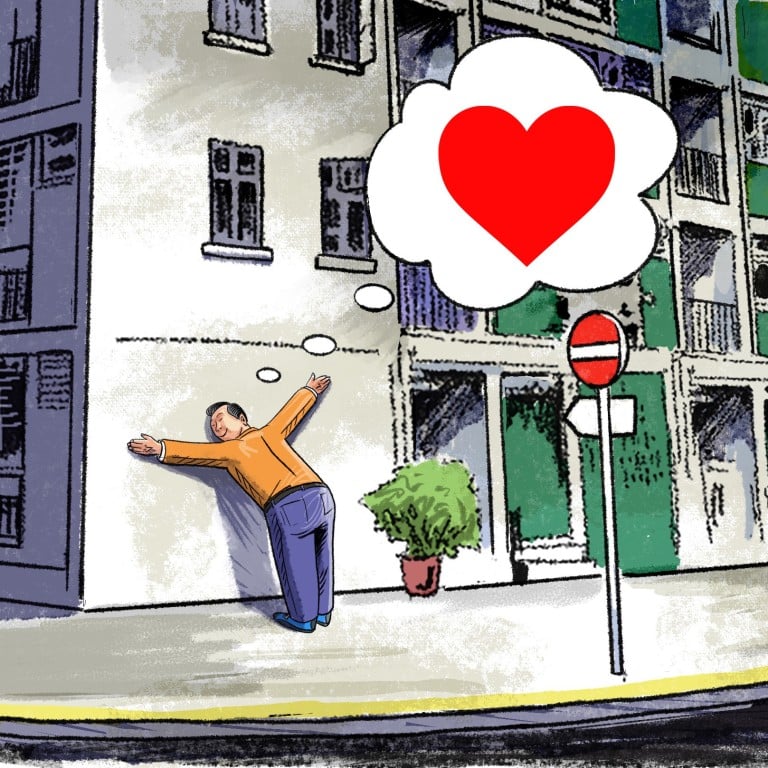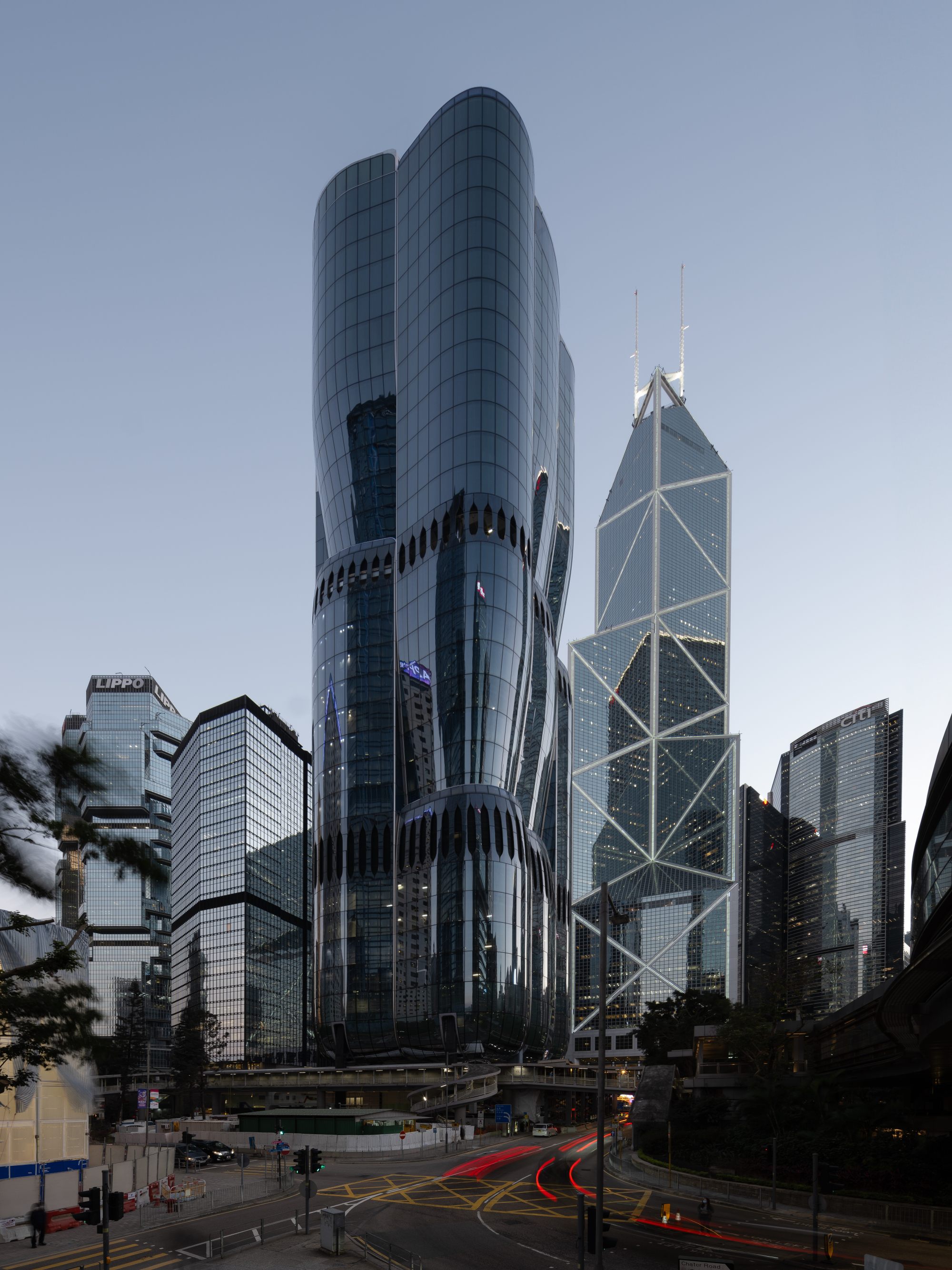
See the beauty in Hong Kong’s ‘boring’ housing estates, don’t tear them down
- Redevelopment decisions should not be taken lightly, especially with regard to the iconic Choi Hung Estate and Tai Hang Sai Estate, an architectural gem
- We should cherish the buildings people are already celebrating and preserve them, while finding meaning and beauty in everyday architecture
In 1929, French master architect Le Corbusier published The City of To-morrow and Its Planning, his revolutionary urbanisation concept. His manifesto was in defiance of how most European cities had organically developed since the Industrial Revolution, their uncontrolled growth often lacking order or any thorough planning.
While we appreciate the unique character of many former medieval cities today, at the time, they were often chaotic, unhygienic and congested. Le Corbusier provided a much overdue solution to the demand for economical housing, efficient mobility and shared urban space.
City planners inspired by Le Corbusier spaced out skyscrapers to welcome natural light and ventilation, increasing density by stacking floors and efficiency through unitisation and standardisation.
Gone were the narrow alleys, makeshift annexes and private yards, replaced by wider roads, orderly geometric blocks and shared open space on the ground. This urbanisation model spread rapidly, including to Hong Kong.
We built towers reaching new heights, with prescribed windows and site coverage limitations outlined in our building codes. For most of us, home is a flat in a private or public housing estate, the architecture often seeming bland and boring. But all architecture chronicles development and good examples are not only functional but also a rich reflection of history or culture. Before passing superficial judgment, we should seek to understand both the cultural and pragmatic context.
The estates are neatly erected around a large courtyard where basketball courts sit atop a car park, sealed off from the fast traffic and noise of Lung Cheung Road and the Kwun Tong Bypass. Moreover, the buildings look structurally sound with no visible damage or spalling.
Given the spontaneous attraction the estate generates, why are we not exploring options to repurpose it and the surrounding neighbourhoods? Choi Hung Estate is an ideal case study opportunity for a win-win-win makeover – for the tenants, tourists and the government.
The single-loaded corridor layout not only maximises natural daylight but also enhances cross-ventilation for all the flats; when it was built, few would have been able to afford to install or use air conditioning.
For all the green design principles that architects increasingly explore in new construction, one needs to look no further than Man Lok House for passive sustainability design ideas that are superior to those seen in many, more modern buildings. Man Lok House is far from boring; it is an architectural gem rarely seen in Hong Kong.
Architectural critic Edwin Heathcote recently wrote in the Financial Times about the “joy of boring buildings” and dismissed “perfume bottle” architecture, saying the “attempt to create new identities through architecture has itself ironically become boring in its incessant search for novelty”.

Heathcote defends what others may see as “boring architecture” and argues that they “gained the patina of use” as “accretions, additions and adaptations deepened their complexity and embedded them in the life of the city”.
Even the warehouses of docklands districts, with their utilitarian and functional buildings, relentless walls and brutal scale have become, he notes, “the locus of gentrification. Their big unadorned spaces prove perfect for a modern lifestyle, their scale and, in a way, their anonymity has made them flexible and resistant to fashion.”
They want you to embrace Hong Kong’s historic Brutalist buildings
This is how we can appreciate the value of Choi Hung and Tai Hang Sai estates, if they manage to escape demolition. Their very existence can enhance our collective memory of the place, our design convictions and our pursuit of architectural significance.
Dennis Lee is a Hong Kong-born, America-licensed architect with years of design experience in the US and China

